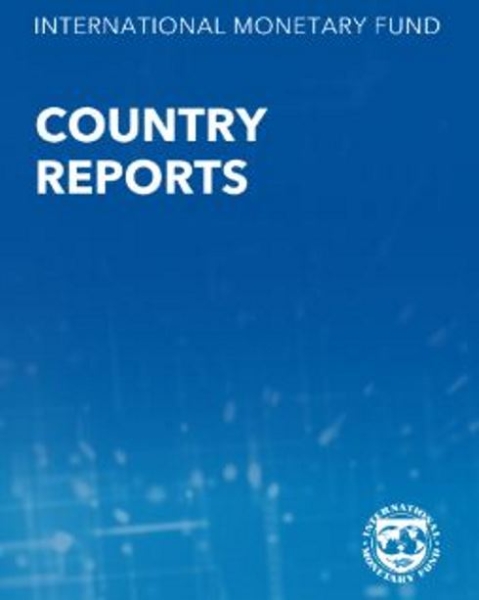
A recently released International Monetary Fund (IMF) report suggests that Tajikistan’s economy is flying high.
In its Tajikistan: First Review under the Policy Coordination Instrument, published on January 6, the IMF gives the Central Asian nation a favorable outlook.
Tajikistan has reportedly continued to navigate the challenging external environment well. Real GDP rose 8.4 percent during January-September 2024, while inflation remained well-contained at 3.1 percent (y/y) in September. Robust remittances have boosted the external position, with FX reserves at more than 7 months’ import coverage, while prudent fiscal implementation has anchored a continued reduction in public debt. The banking sector reportedly remains stable amid steady growth in credit aggregates. Geopolitical fragmentation and regional tensions create uncertainty over the medium-term outlook.
“Tajikistan is exposed to external geopolitical risks and climate challenges, but their potential impact is expected to be manageable in the near term,” the report states. “Economic growth is projected to moderate slightly to 6.7 percent for 2025, while the rate of inflation is expected to stay close to the central bank’s target of 6 (±2) percent.”
The report also says the government deficit is projected to be manageable, enabling a reduction of public debt. The IMF report goes on to urge the government to build more of an economic cushion for the economy. “Policies should aim to strengthen resilience against external shocks and address structural constraints to attaining more sustainable and inclusive growth,” it states. “Improving revenue mobilization and spending efficiency is critical to increasing space for development priorities.”
Eurasianet notes that the IMF’s projections are consistent with those offered by other international financial institutions (IFIs), such as the Asian Development Bank (ADB).
Tajikistan’s macro outlook reportedly contrasts sharply with its micro reality: the statistics tell only part of the story. Economic growth in Tajikistan so far has been far from inclusive. For example, per capita household income in Tajikistan rose 19 percent in 2022 (the last year for which data is available) over the previous year’s level, an impressive gain. But the average per capita income still only amounted to just under US$864 in 2022, meaning Tajikistan remains Central Asia’s poorest nation by a significant margin.
In addition, remittances from labor migrants working abroad comprise a major portion of most families’ incomes, an indicator that the domestic economy is in suboptimal condition, unemployment is widespread and what economic activity that is occurring benefits only a narrow segment of society.
Official IFI data suggests that roughly a quarter of Tajiks live in poverty. But a Tajik government report issued in the fall of 2024 offered hints that a much larger portion of the population is struggling to meet day-to-day needs. According to that report, the cost of living in Tajikistan is significantly outpacing the available income of many families.




